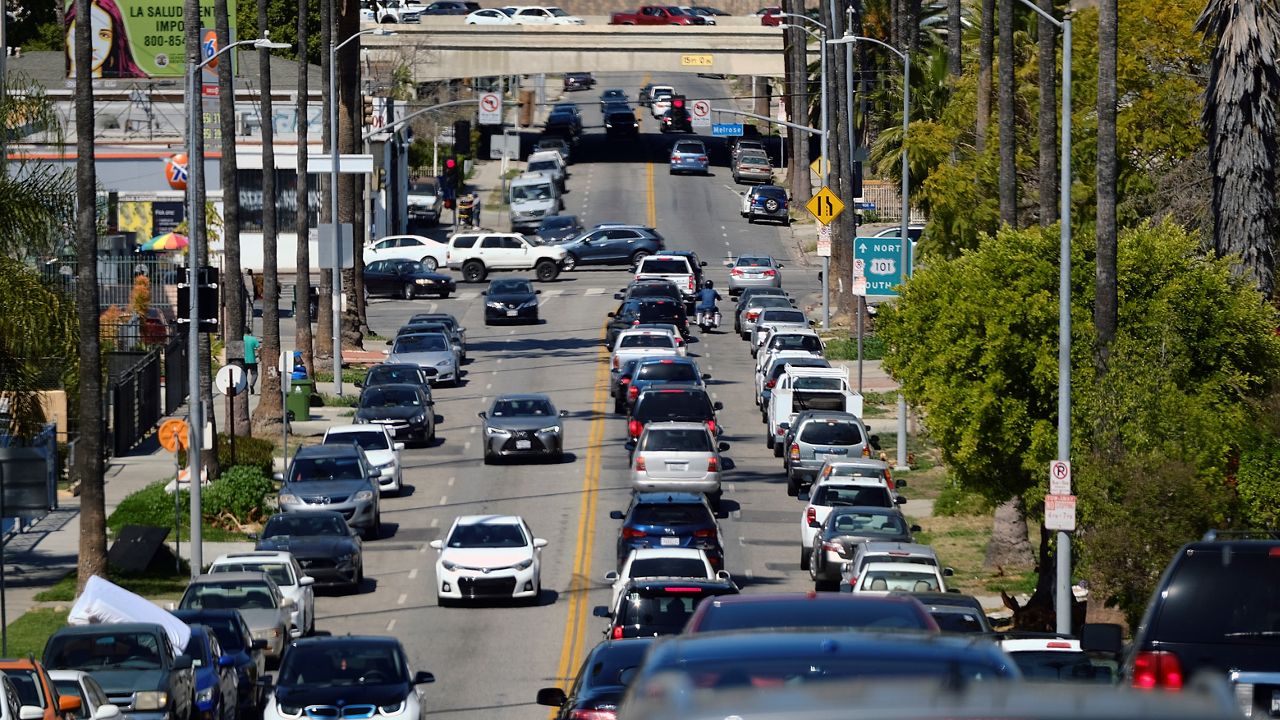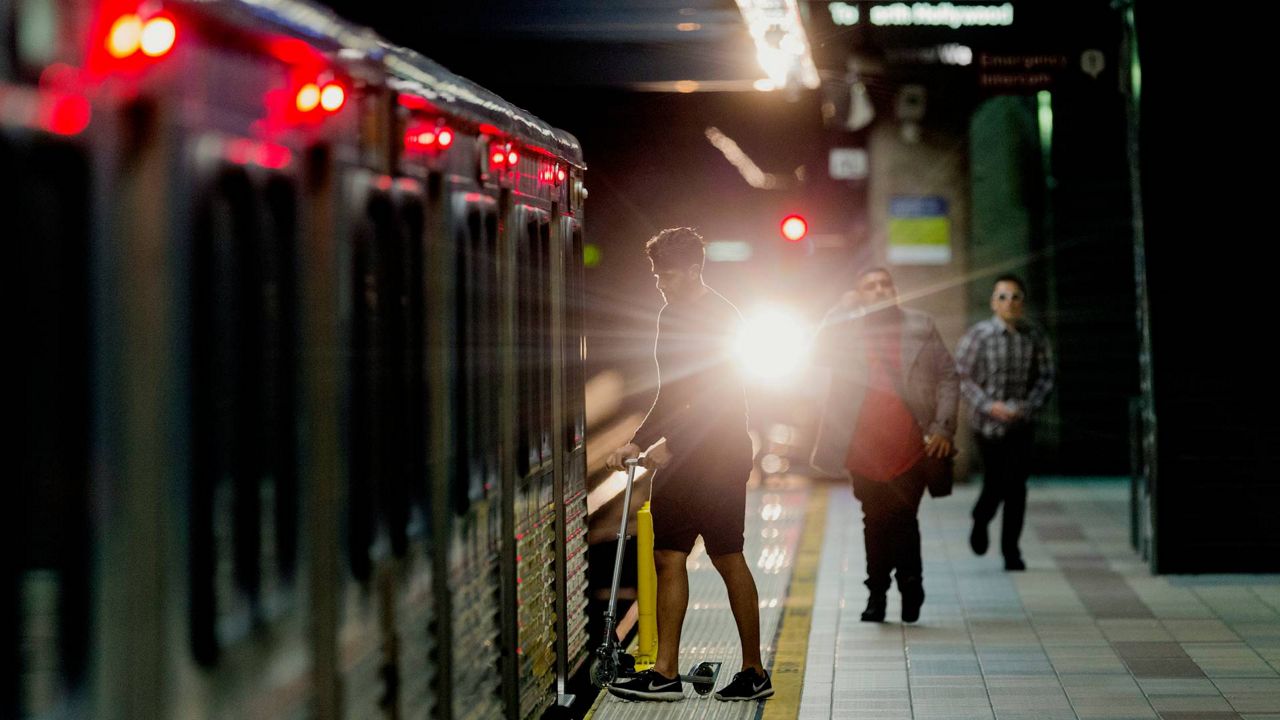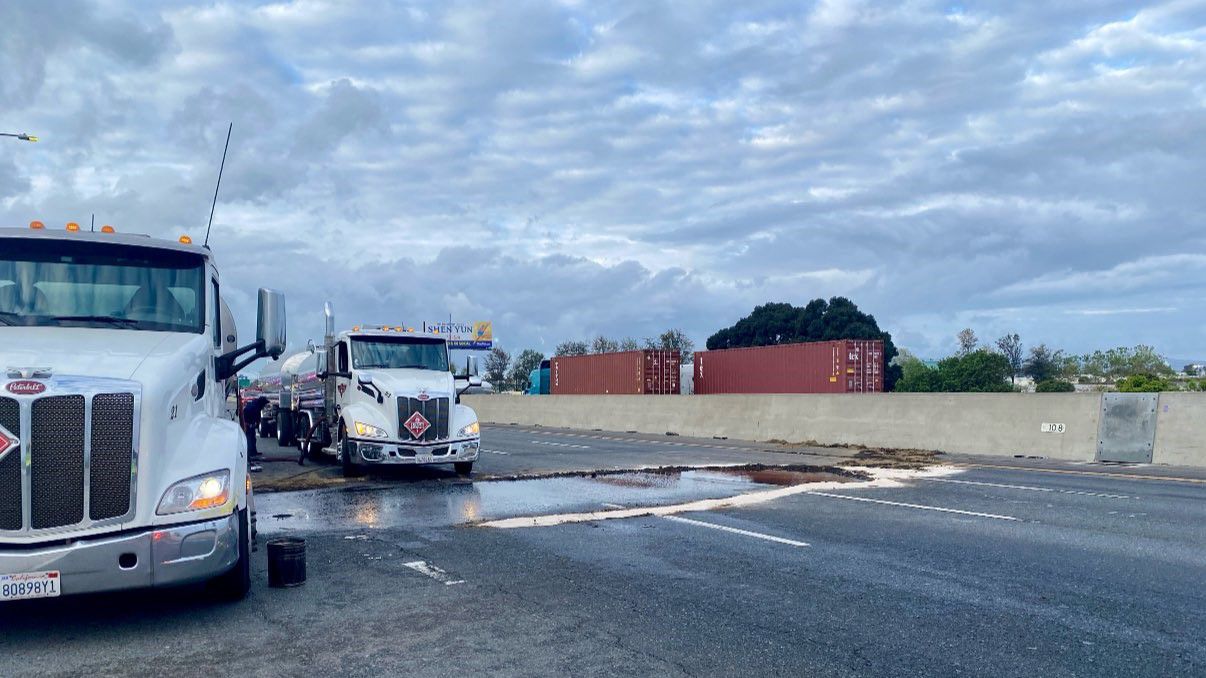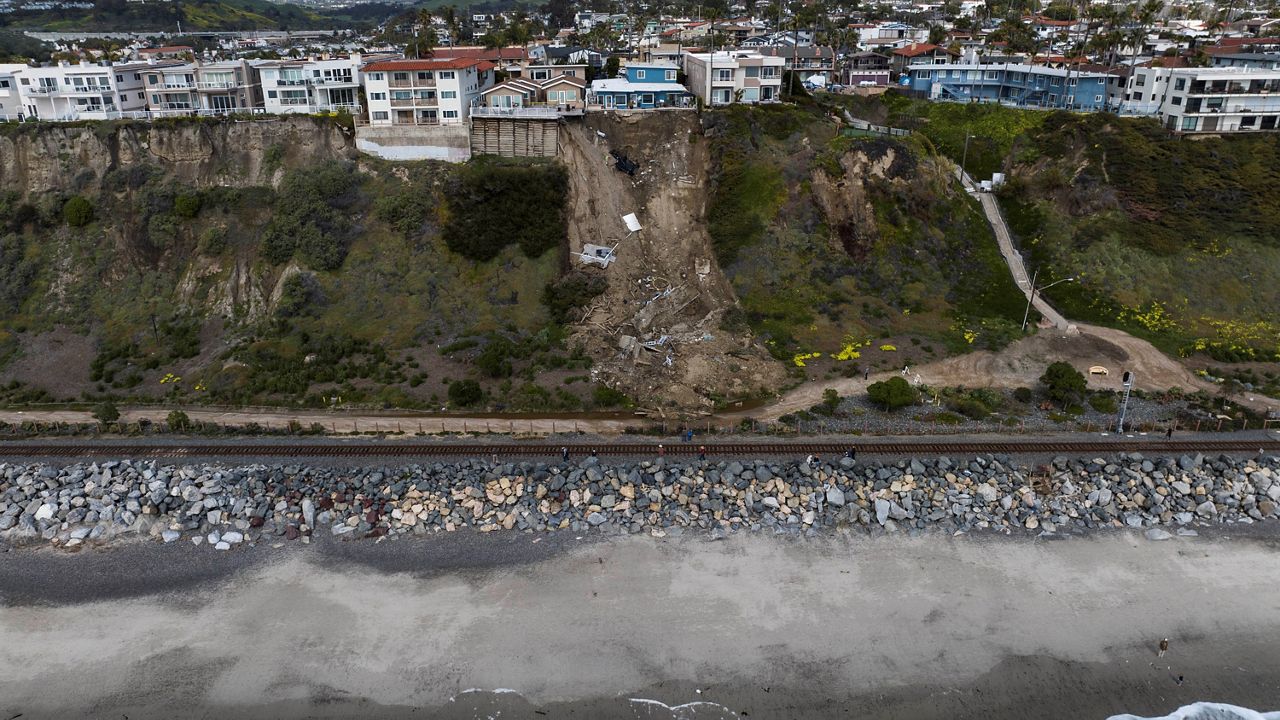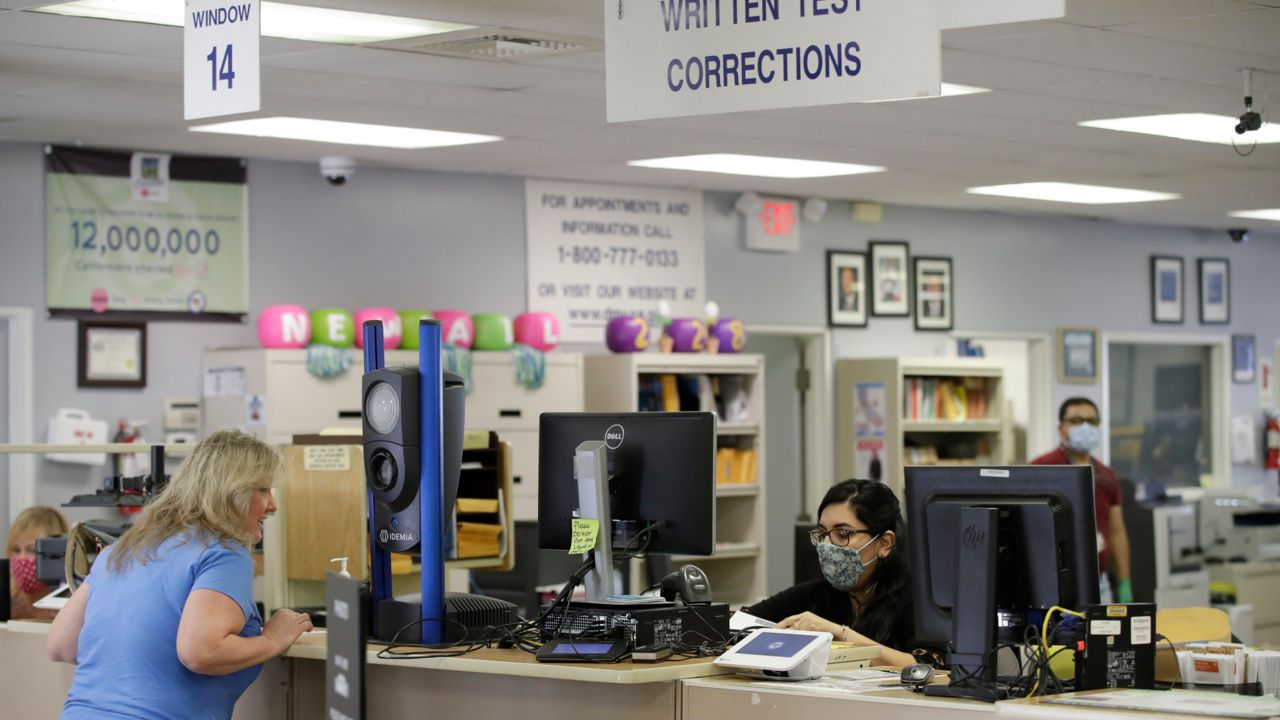LOS ANGELES — The Los Angeles City Council Transportation Committee has approved a plan to reduce speed limits on dozens of streets. The proposal from the Los Angeles Department of Transportation would reduce speeds by 5 miles per hour on more than 177 miles of roads that had previously seen speed limit increases.
LADOT is taking advantage of AB 43, a new California law that took effect this year granting cities more control over speed limits. Previously, the city had been subject to a state law that increased speed limits so traffic officers could better enforce them.
“The City of Los Angeles was forced to increase speed limits because of an arcane law that allows speeders to set the speed limit,” California Assembly member, and AB 43 author, Laura Friedman, D-Glendale, said in a statement.
To issue speeding tickets, the Los Angeles Police Department relies on laser and radar guns, but it can’t use either unless the LADOT has performed a speed survey on those streets first. Speed surveys are used to set speed limits that, under prior California law, was determined by critical speed, or how fast 85% of drivers travel during free-flowing traffic. Anything above the critical speed is considered dangerous.
AB 43 was designed to combat that practice and reduce the speeding that frequently leads to fatal crashes. Traffic deaths and the reckless driving that causes them have been increasing during the COVID-19 pandemic. Roadway fatalities in LA were up 21% last year, according to the Los Angeles Police Department.
Vehicle speeds have a direct correlation with crash severity. A pedestrian has a 10% chance of survival if hit by a vehicle traveling 40 mph, compared with a 90% chance of survival if the vehicle is traveling 20 mph, according to the National Highway Traffic Safety Administration.
LADOT is now conducting traffic speed studies to assess the almost 200 miles of roadways that had seen speed limit increases over the past few decades for speed limit reductions instead. Many of the dozens of streets where speed limit reductions are proposed would reduce them to limits that existed there previously.
A stretch of San Fernando Rd. between Fox St. and Clybourn Ave., for example, would be reduced from 40 mph to 35 mph, which is what it had been in 1998. Glenoaks Blvd. between Osborne St. and Hollywood Way would decline from 50 mph to 45 mph, which is what it had been in 2000.
AB 43 allows future speed reductions on streets where there are high rates of severe injuries or fatalities from vehicle collisions and in areas with high levels of commercial and retail activity.
“We know speed kills, and traffic deaths have increased despite our investments and engineering work,” LADOT General Manager Seleta Reynolds said in a statement after the City Council Transportation Committee approved the plan Tuesday. “This proposal will roll back speed limits on streets in Los Angeles to common sense levels that will save lives.”
In 2015, Los Angeles became one of the first cities in the country to adopt a Vision Zero plan to eliminate traffic fatalities by 2025. In 2021, 289 people were killed in traffic collisions and 1,465 were severely injured, according to the Los Angeles Police Department.






